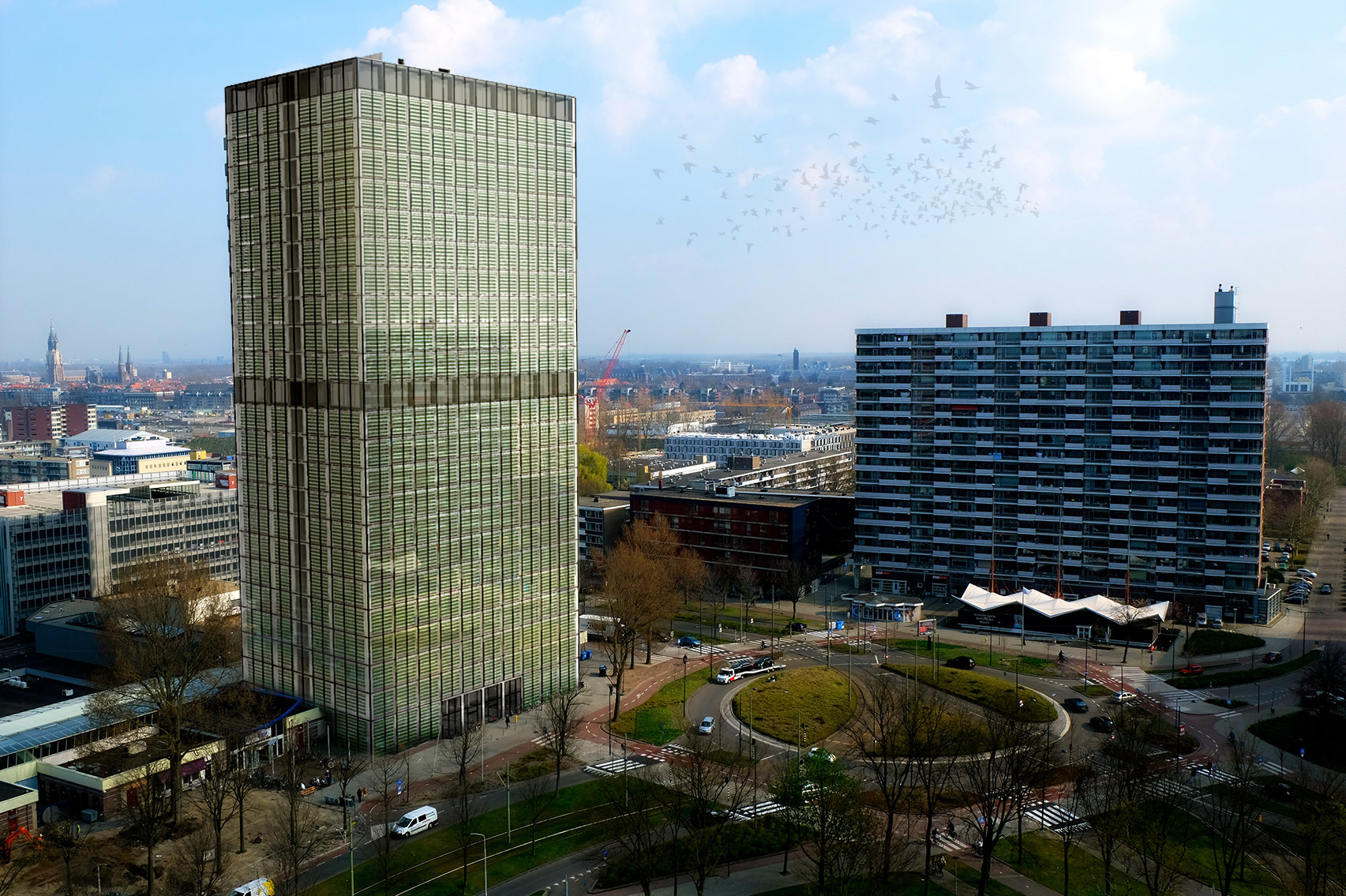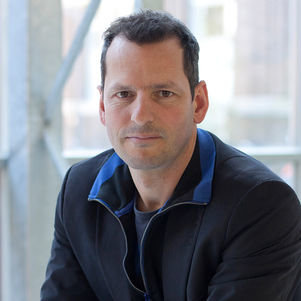"Vertical farms use essential components – energy, water, CO2 and land – more efficiently than greenhouses"
In vertical farms, fruit and vegetables are grown under artificial light in an environment fully shut off from the outside world. How are these vertical farms performing, compared with (semi-)closed greenhouses? And how do we determine whether a vertical farm is successful? This will require research.
Research conducted by the Architecture Department of the Faculty of Architecture and the Built Environment examined the most important components required for greenhouses and vertical farms: energy, water, CO2 and land. In three case studies, vertical farms achieved higher scores than greenhouses for all four components: they used the component more efficiently than greenhouses. With regard to water usage, for example, the vertical farms in the case studies were between 28% and 95% more efficient than traditional greenhouses. That being said, more energy is required to cultivate a crop such as lettuce in a vertical farm using LED lamps than in a greenhouse with natural light.

In places where one or more of the four most important components is lacking due to extreme climatic variation in terms of temperature or precipitation, vertical farms are a potential solution, such as Scandinavia, for example, where for parts of the year there is little sunlight. Research in this field is determining the likelihood of (economic) success.
As part of the SKY HIGH project, vertical farms are being researched in more detail. In this project, TU Delft researchers will collaborate with various universities, companies and institutes to achieve lower costs, lower energy usage and to suggest other improvements to vertical farms.
Cover photo: Guy Ackermans
Render: Luuk Graamans

